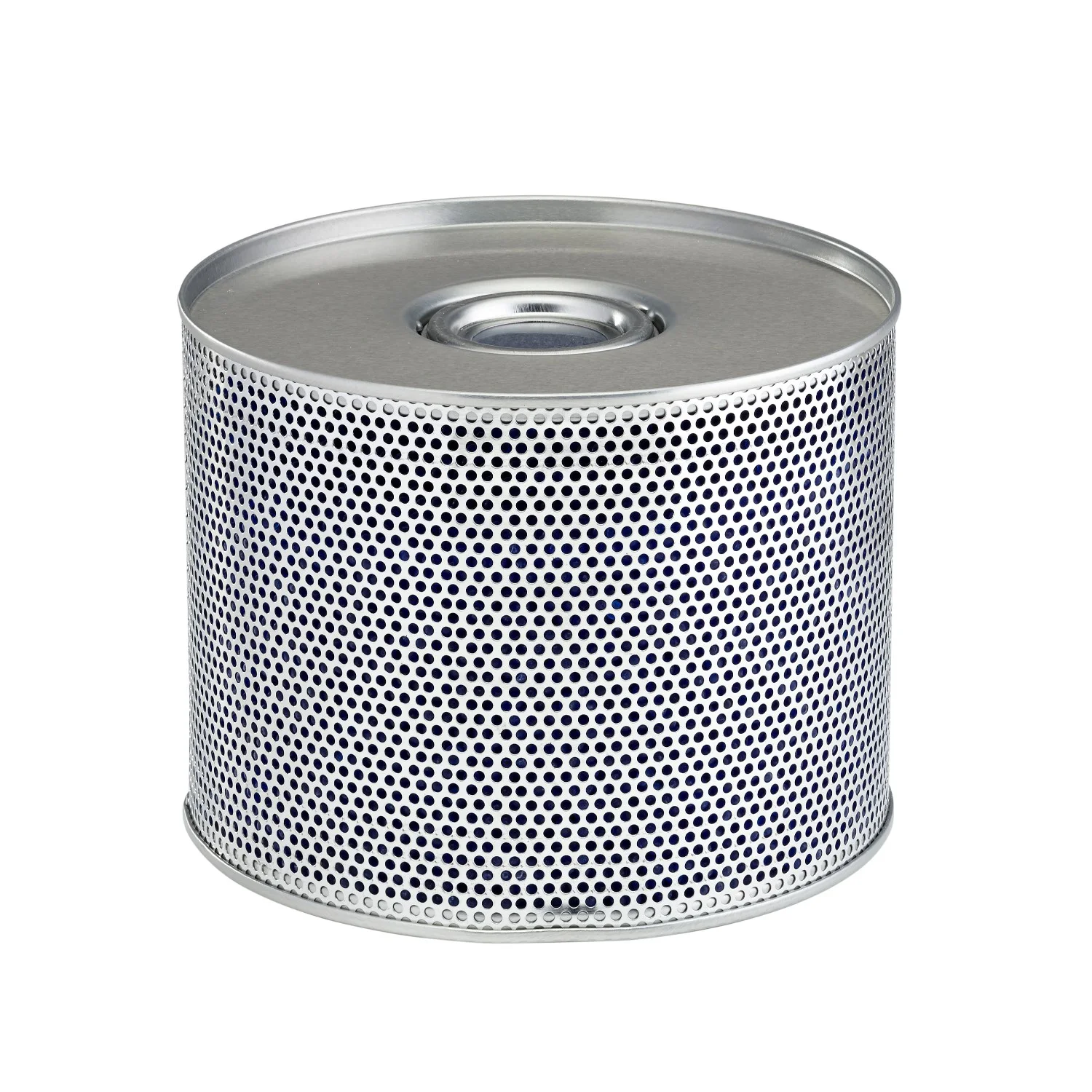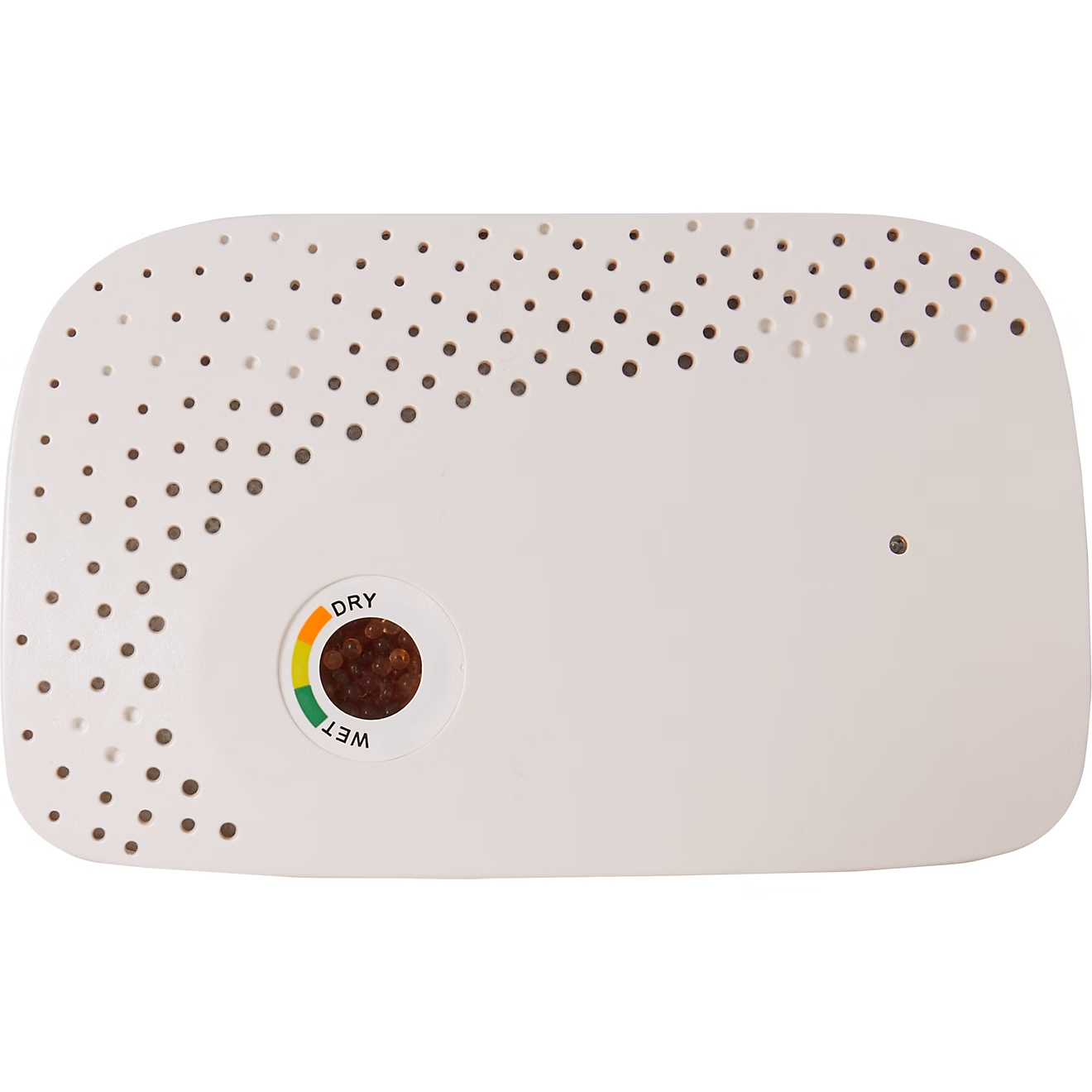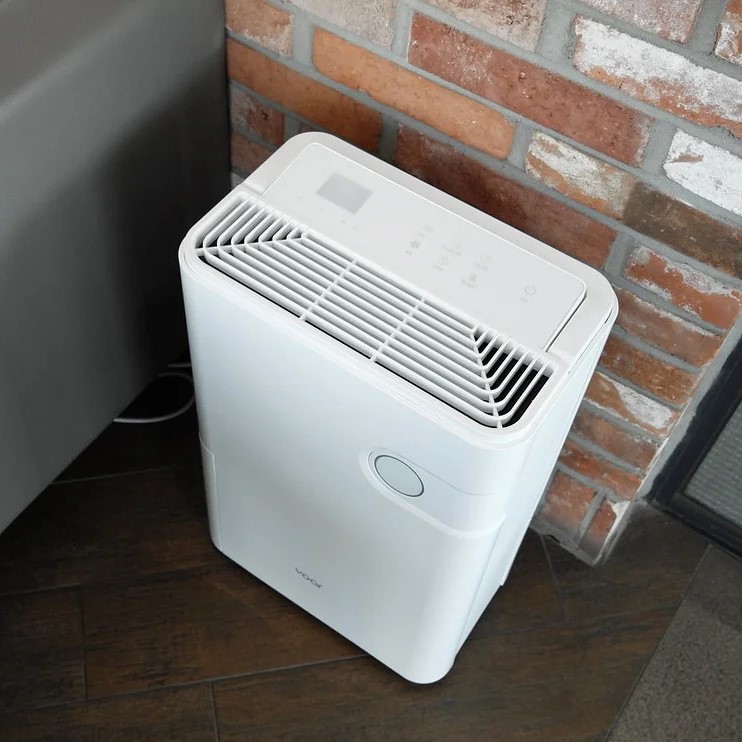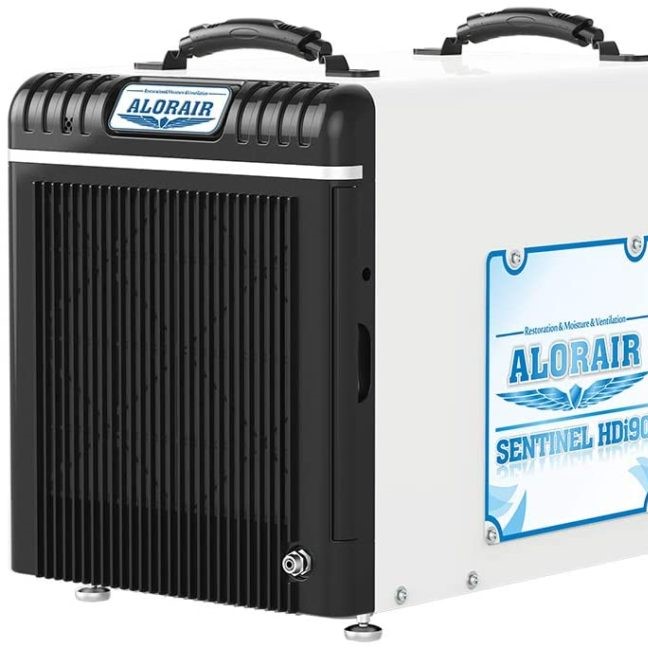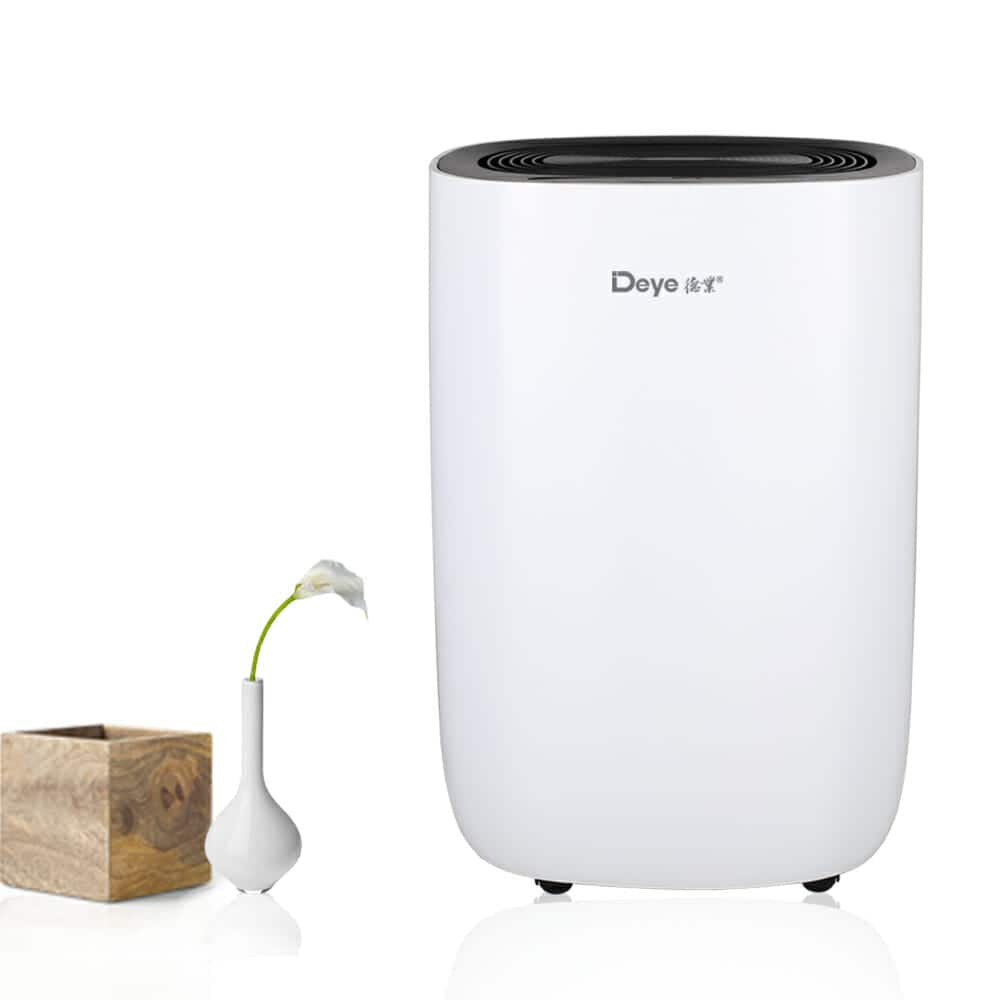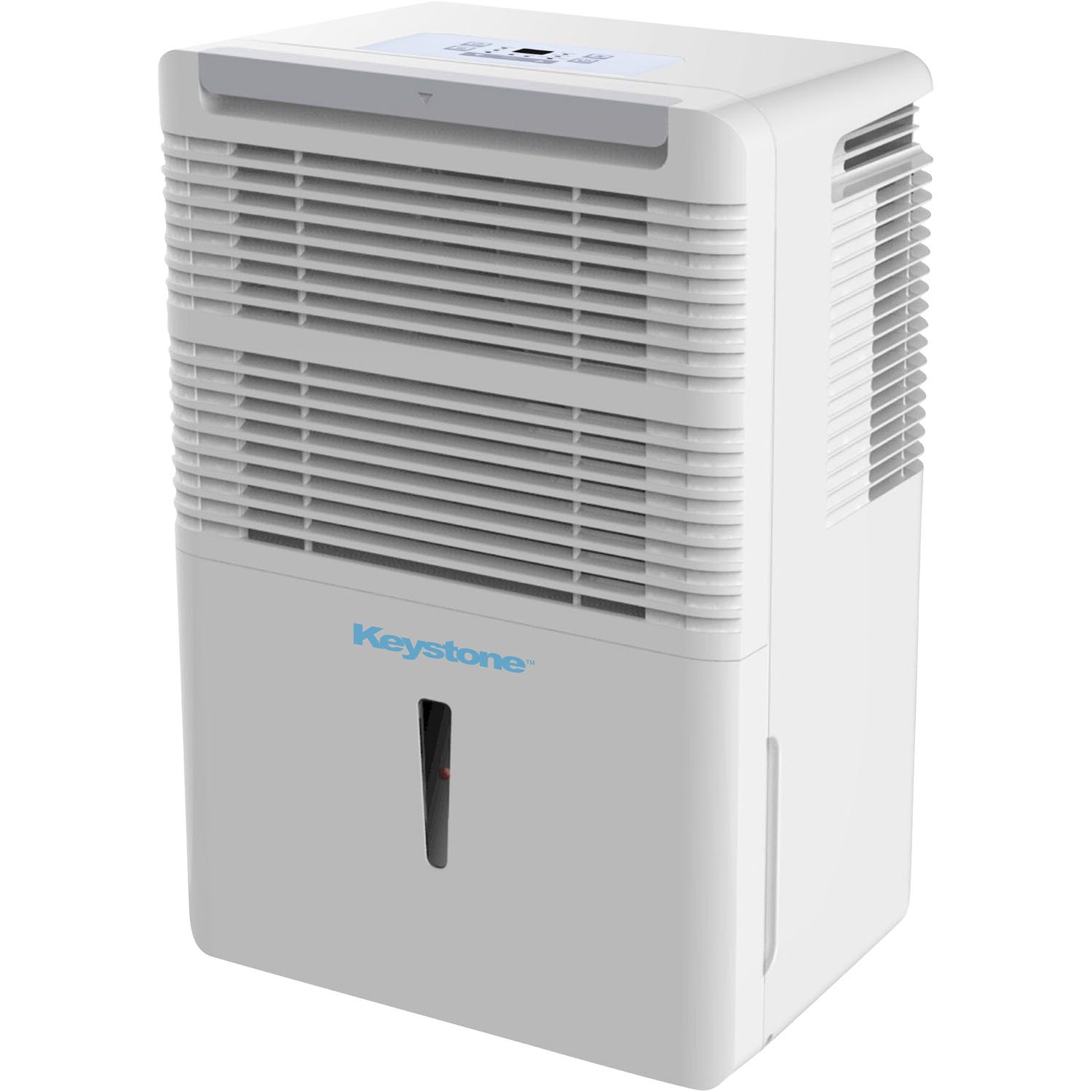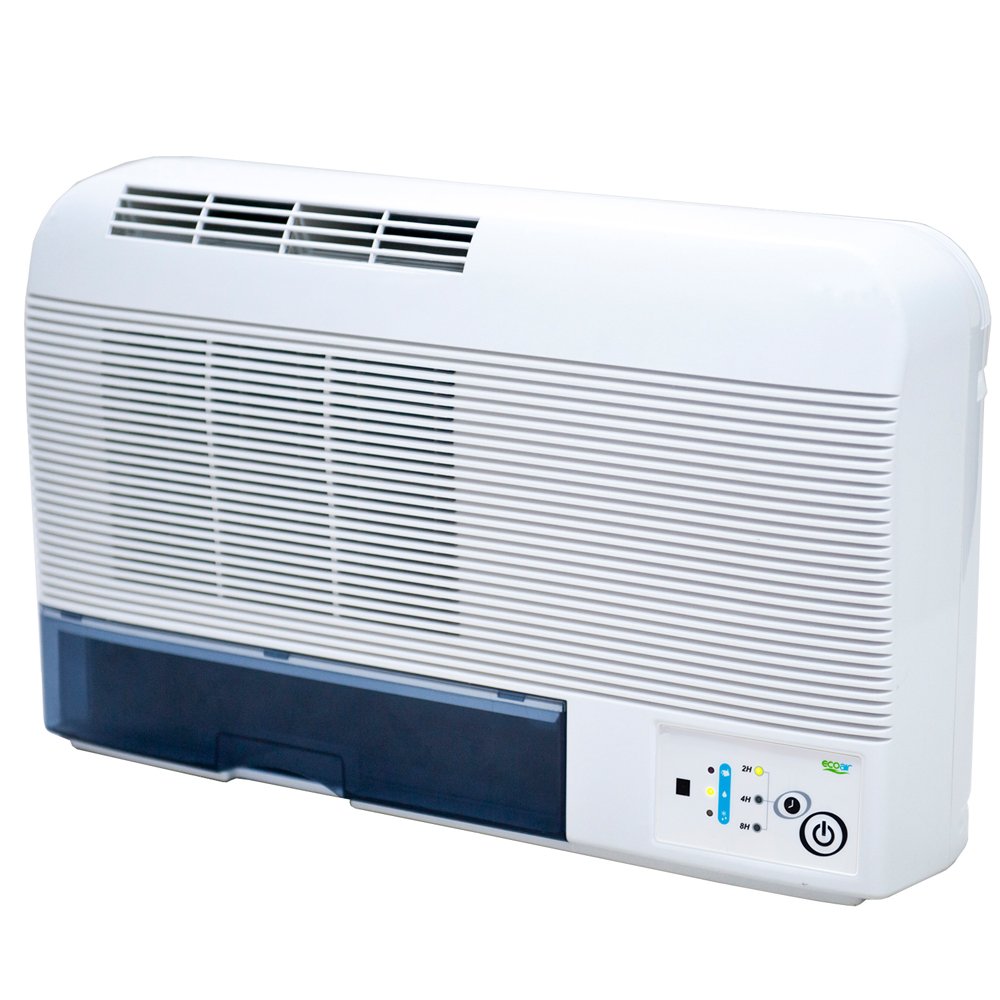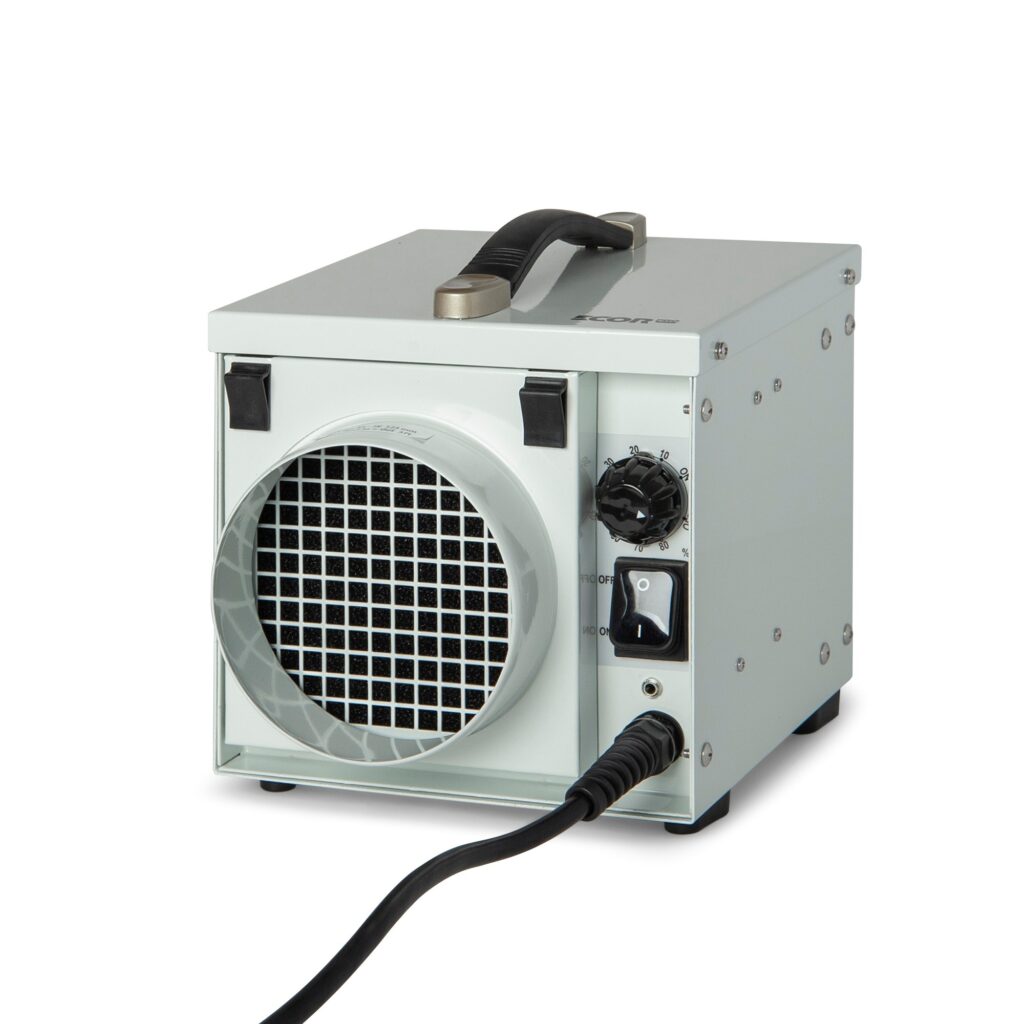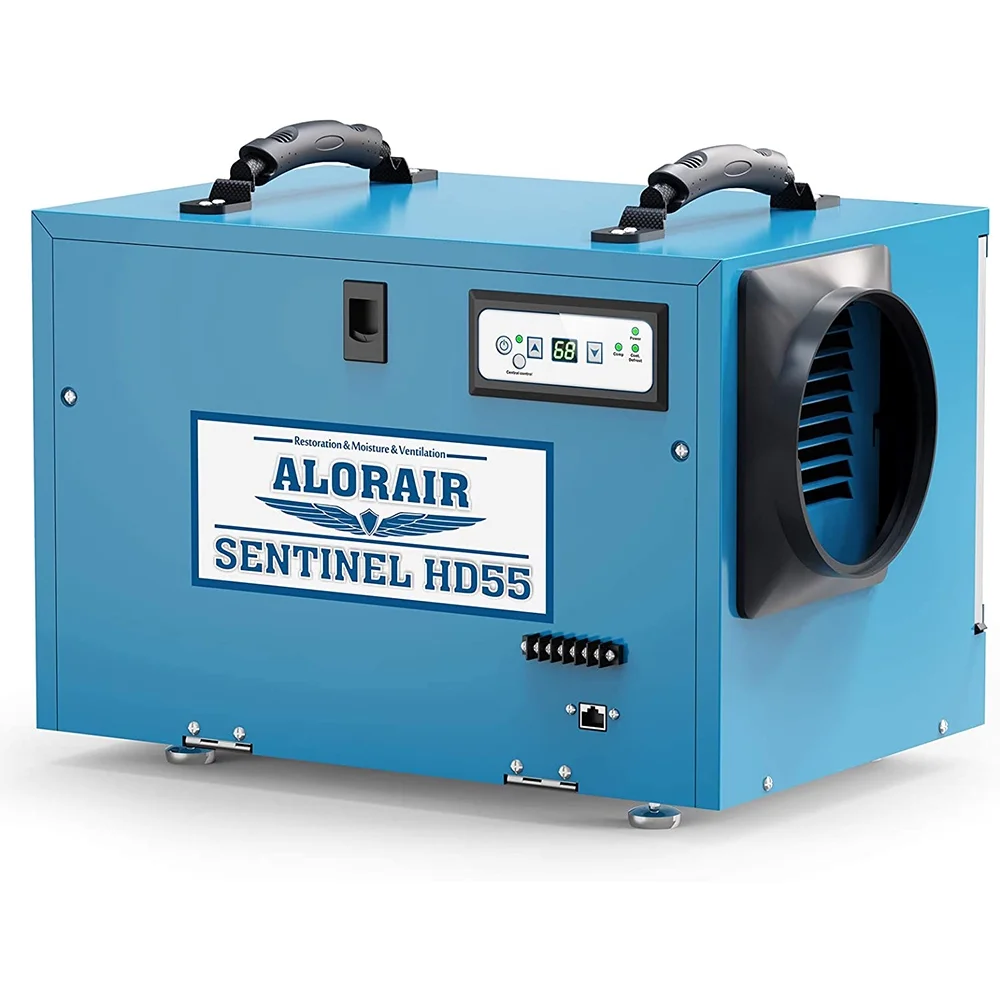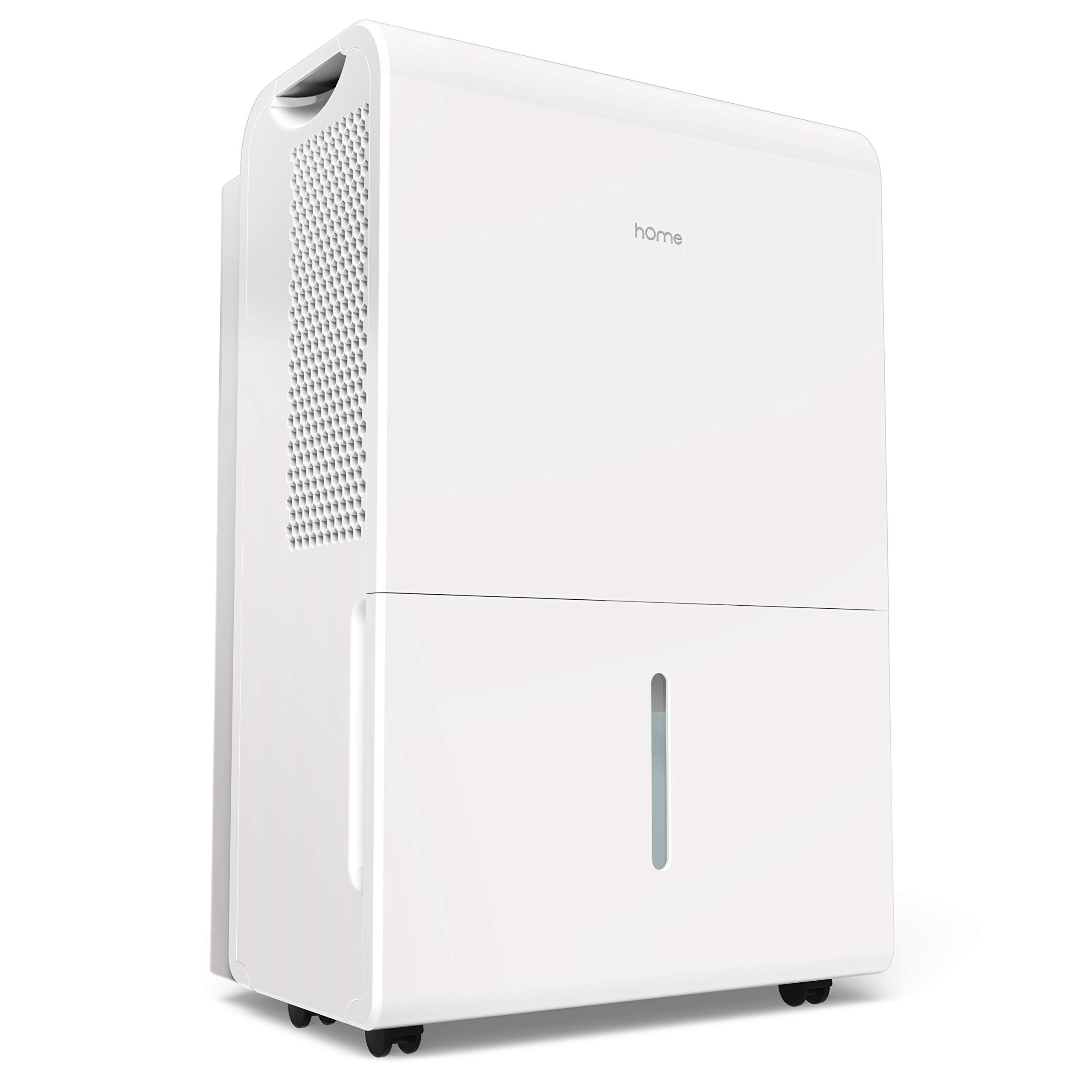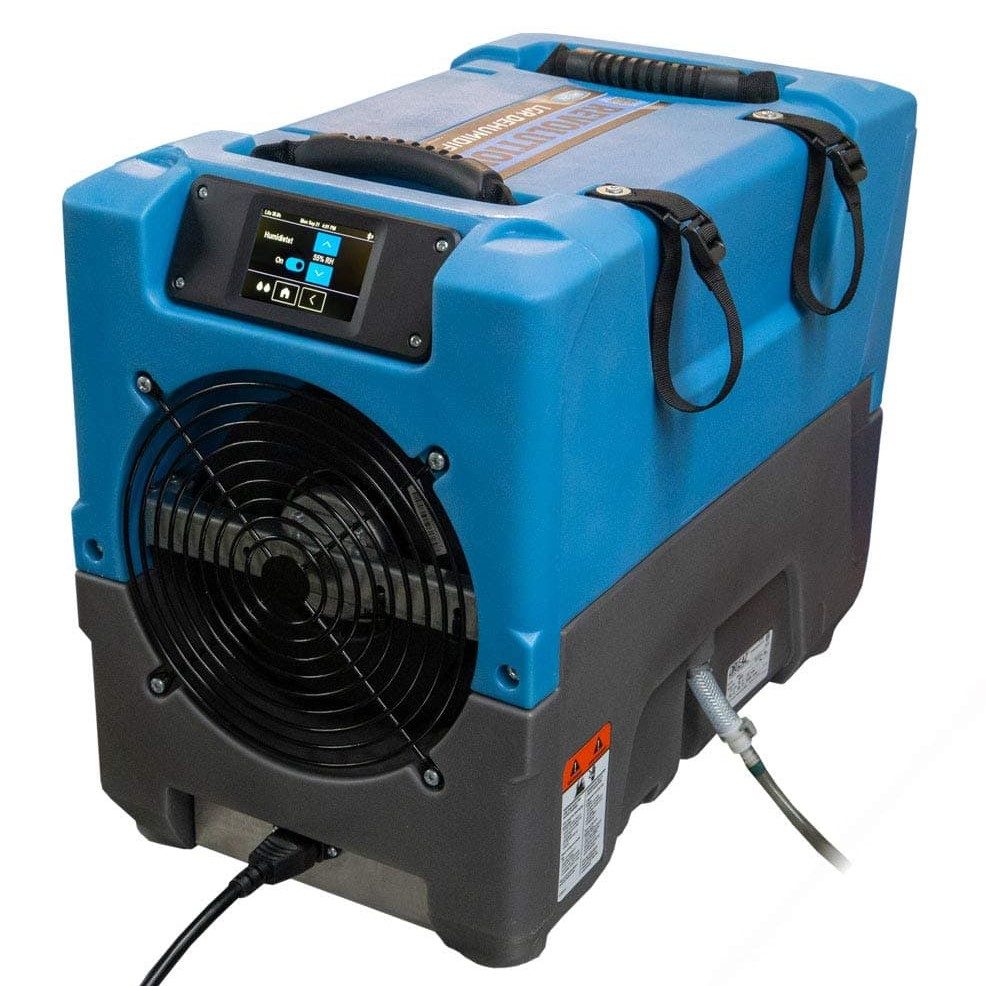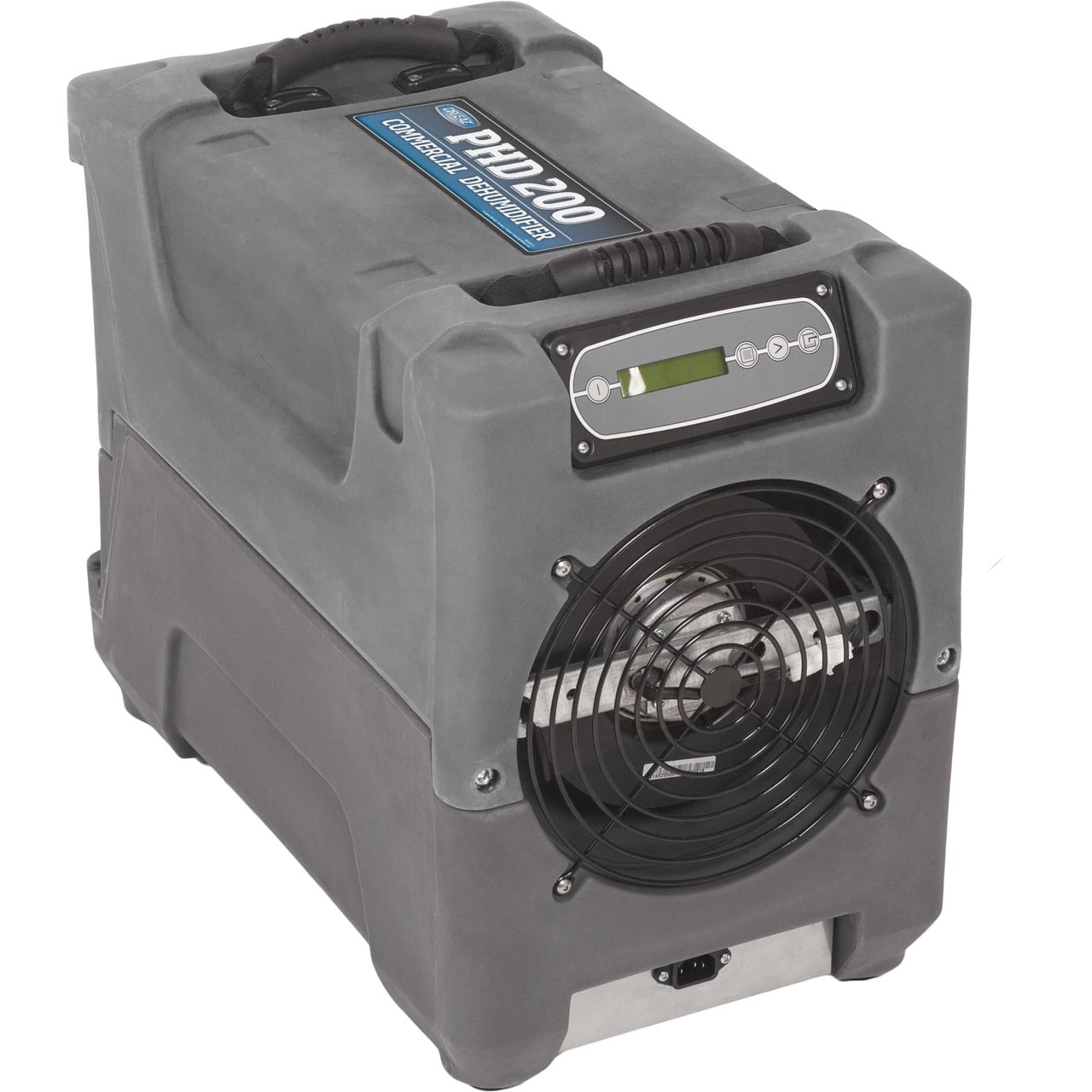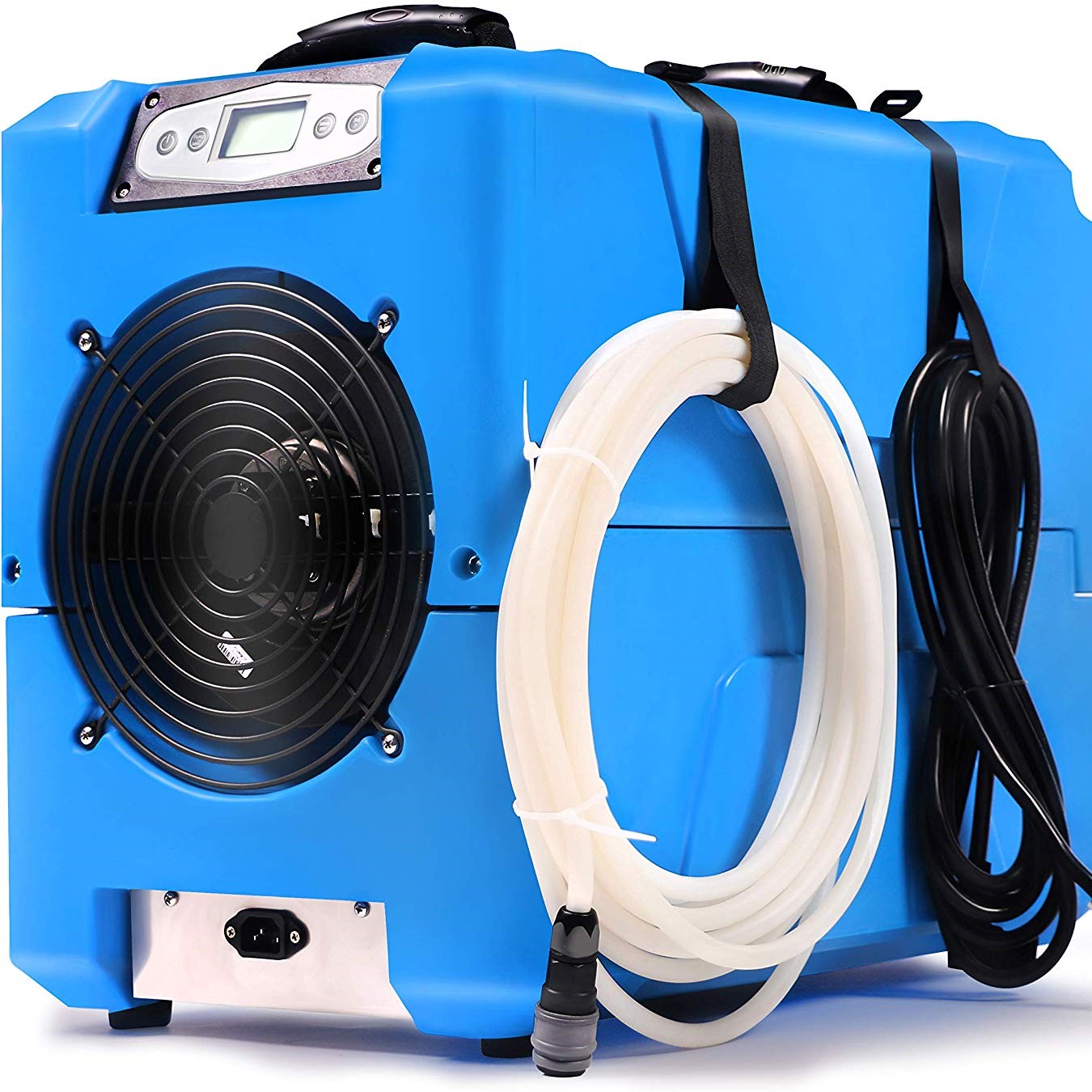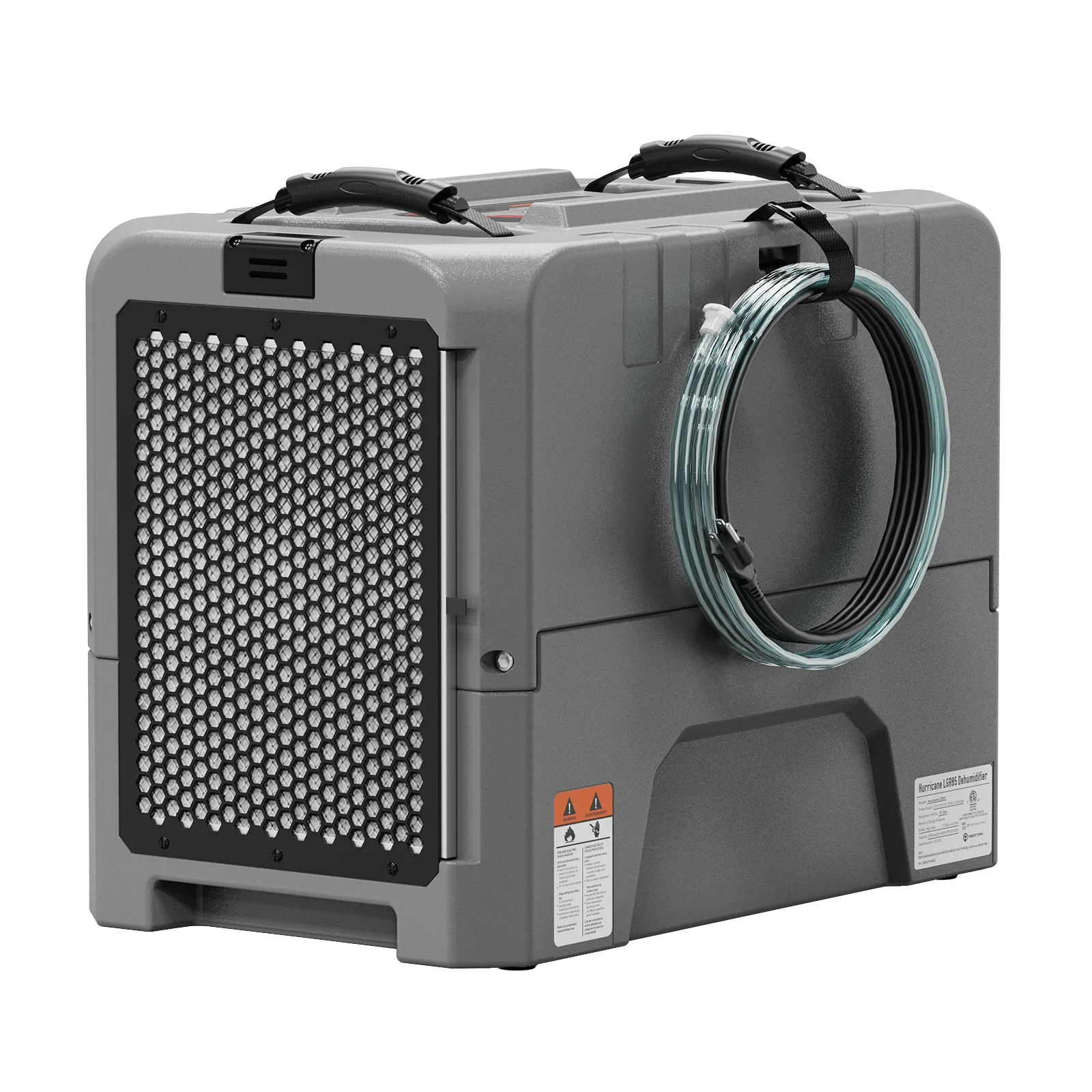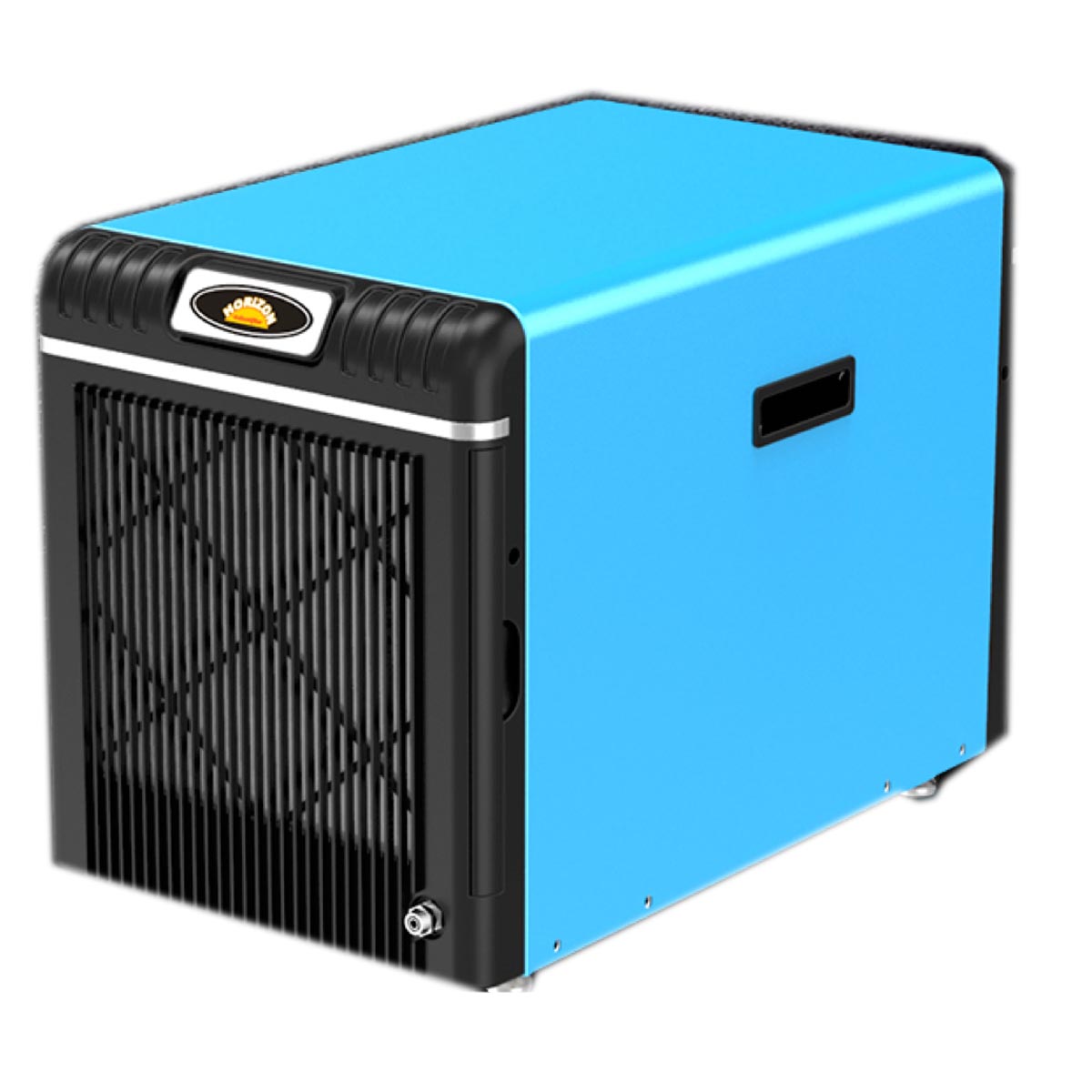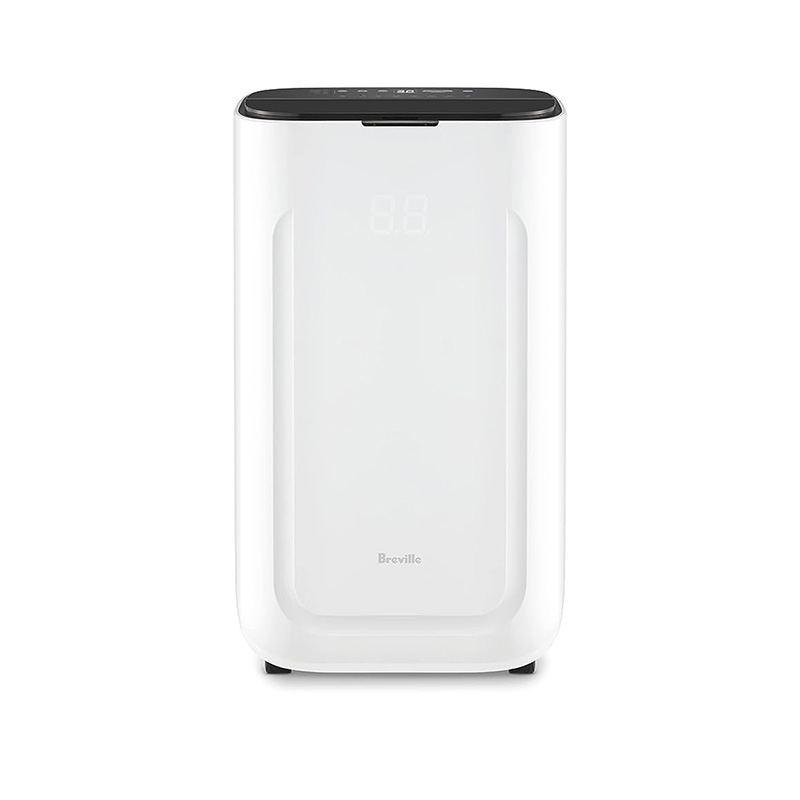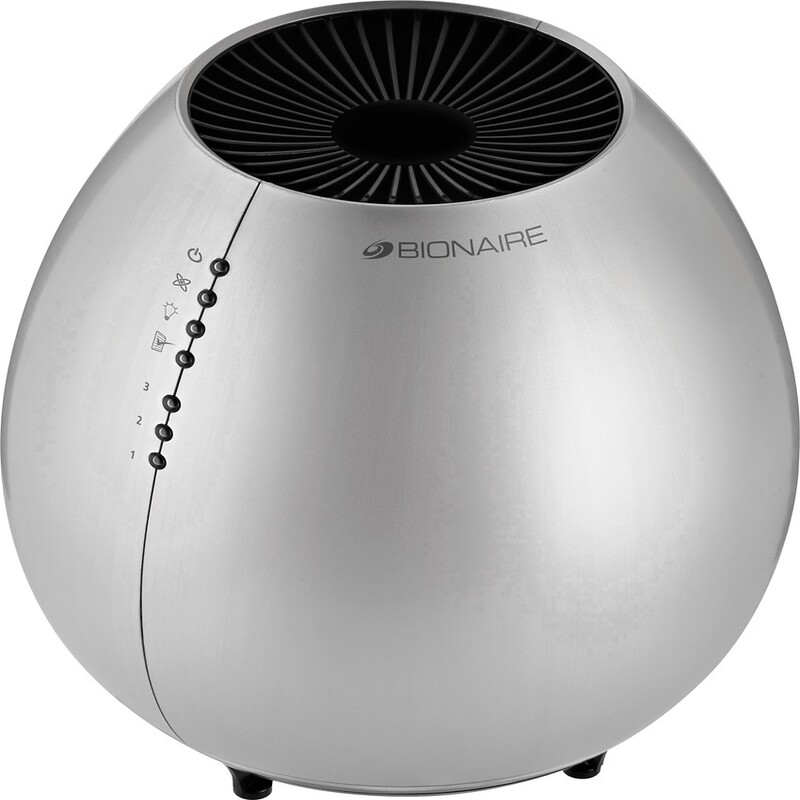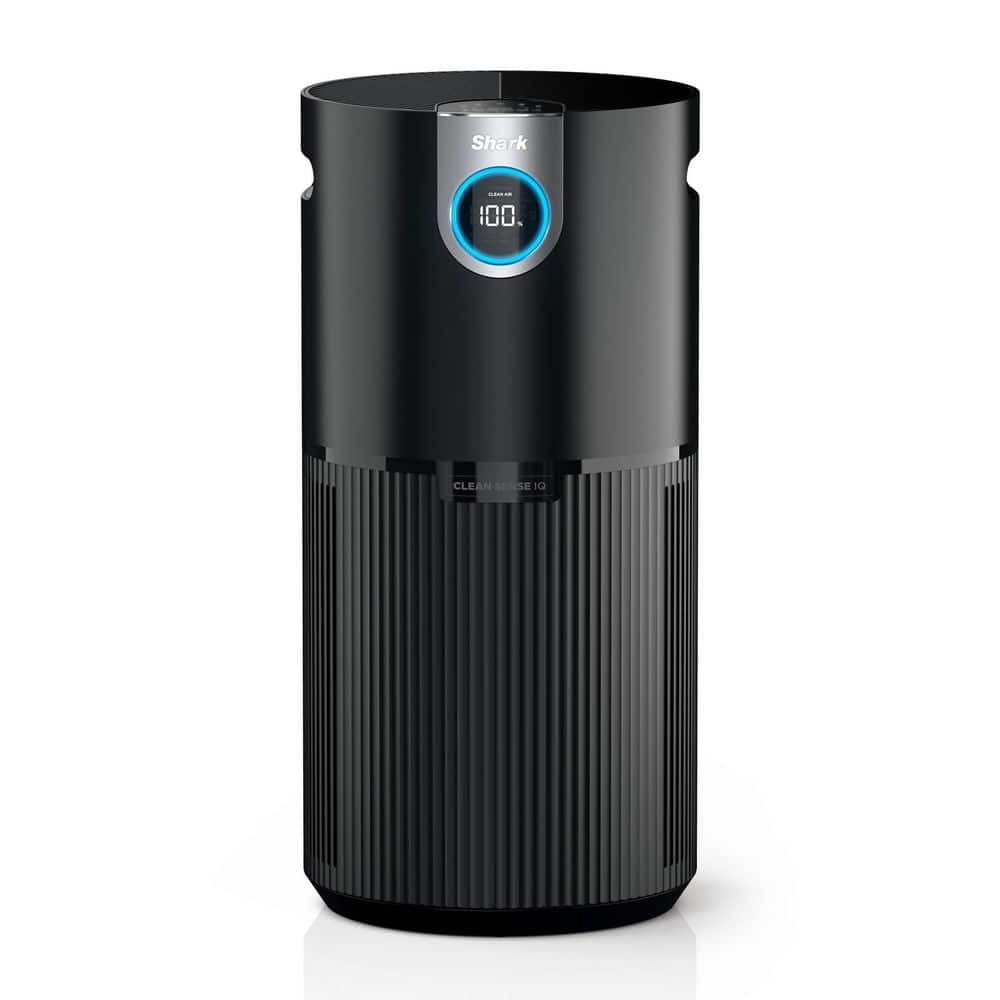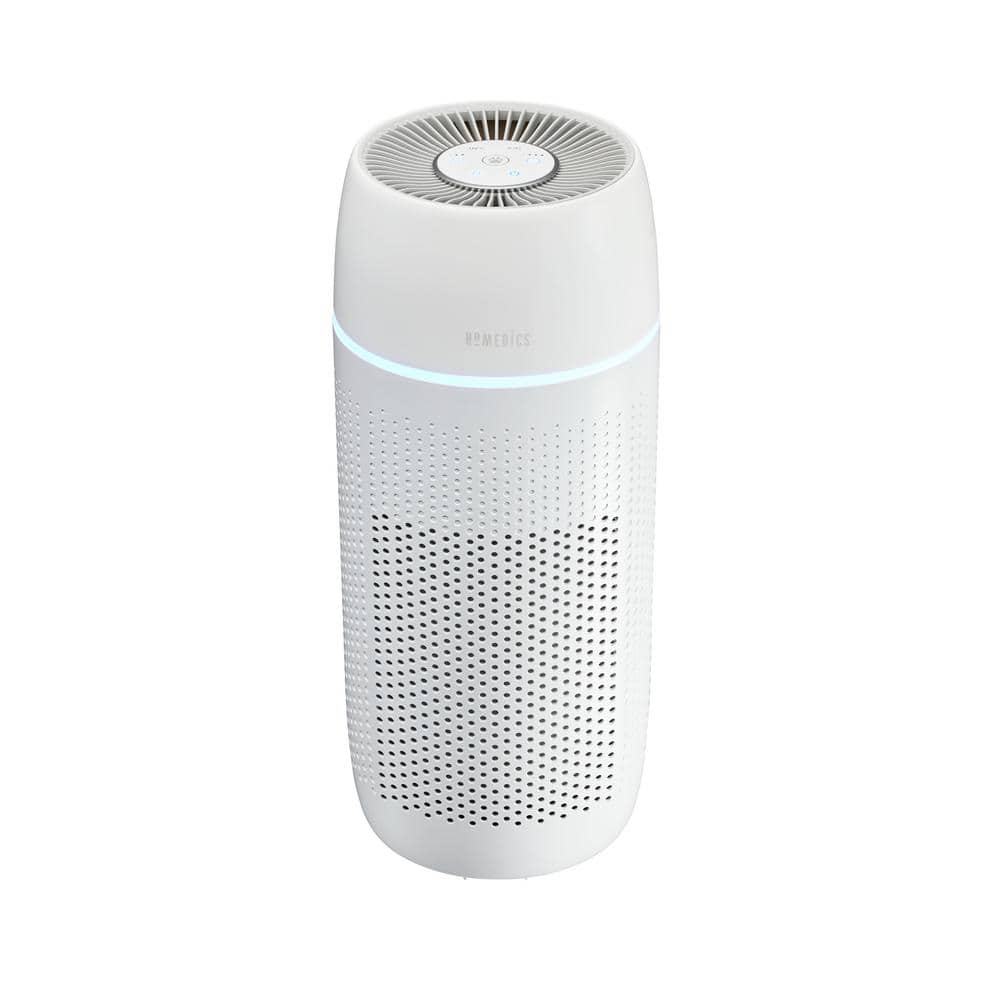Protecting your firearms goes beyond just securing them in a safe. A gun safe dehumidifier is essential to maintain the optimal environment, preventing rust and corrosion caused by excess moisture. This comprehensive guide explores everything you need to know about gun safe dehumidifiers, helping you make an informed decision to ensure your firearms remain in pristine condition.
Understanding the Importance of Humidity Control in Gun Safes
Why Humidity Matters for Firearm Storage
Humidity plays a critical role in the preservation of firearms. Excess moisture can lead to rust, corrosion, and the deterioration of both metal and wood components. By regulating the humidity levels inside your gun safe, you can significantly extend the lifespan of your firearms and ensure they remain functional and safe to use. Moreover, maintaining the right humidity prevents the degradation of valuable components, thereby preserving the integrity and value of your collection.
The Risks of Poor Humidity Management
Without proper humidity control, gun safes become breeding grounds for rust and mold. Rust compromises the integrity of metal parts, while mold can damage wooden furniture and components within the safe. Additionally, fluctuating humidity levels can cause wood to warp and metal to expand or contract, leading to potential mechanical issues with your firearms. Consequently, effective humidity management is not just beneficial but necessary for long-term firearm preservation.
Types of Gun Dehumidifiers
Electric Dehumidifiers for Consistent Control
Electric dehumidifiers are a popular choice for gun safes due to their ability to consistently regulate moisture levels. These devices are powered by batteries or USB connections, making them easy to install and maintain. Additionally, they often come with adjustable settings, allowing you to customize the humidity levels according to your specific needs. Therefore, electric dehumidifiers offer both flexibility and reliability, making them an excellent option for firearm storage.
Desiccant Dehumidifiers for Silent Operation
Desiccant dehumidifiers use a chemical process to absorb moisture from the air. They are an excellent option for those who prefer a silent operation, as they do not involve any moving parts or electrical components that can create noise. Moreover, these dehumidifiers are effective in lower temperature environments, making them suitable for various gun safe conditions. As a result, desiccant dehumidifiers provide a quiet and efficient solution for maintaining optimal humidity levels.
Passive Dehumidifiers: Simple and Effective
Passive dehumidifiers rely on natural absorption to reduce moisture levels. They typically use silica gel packs or other moisture-absorbing materials that need to be replaced periodically. While they are simple to use and require no power source, they may need more frequent maintenance compared to electric or desiccant options. Nonetheless, passive dehumidifiers are a cost-effective and straightforward method for controlling humidity in gun safes.
Key Features to Look for in a Gun Dehumidifier
Capacity and Coverage
When selecting a dehumidifier, it’s essential to consider the size of your gun safe and the capacity of the dehumidifier. A higher capacity unit is necessary for larger safes or those that house multiple firearms. Ensuring the dehumidifier can handle the volume of air inside your safe will provide effective humidity control. Additionally, choosing the right capacity helps in maintaining consistent moisture levels, thereby protecting your firearms efficiently.
Ease of Installation and Maintenance
A good gun safe dehumidifier should be easy to install and maintain. Look for models that require minimal setup, such as those with adhesive backing or compact designs that fit seamlessly into your safe. Furthermore, consider how often you will need to replace or recharge the dehumidifier to maintain its effectiveness. Simplifying the installation and maintenance process ensures you can consistently protect your firearms without hassle.
Long-Lasting and Reliable Performance
Durability is key when choosing a gun safe dehumidifier. Opt for units made from high-quality materials that can withstand regular use and remain effective over time. Additionally, reading customer reviews and checking product warranties can help ensure you select a reliable dehumidifier that will provide long-lasting performance. Investing in a durable dehumidifier guarantees continuous protection for your firearm collection.
Benefits of Using a Gun Safe Dehumidifier
Preventing Rust and Corrosion
The primary benefit of using a gun safe dehumidifier is the prevention of rust and corrosion. By maintaining low humidity levels, you protect the metal surfaces of your firearms from oxidizing, ensuring they remain in excellent working condition. Consequently, this protection extends the lifespan of your firearms and reduces the need for costly maintenance or repairs. Thus, a dehumidifier is an indispensable tool for preserving your firearm investment.
Enhancing Firearm Functionality and Safety
Proper humidity control not only preserves the appearance of your firearms but also enhances their functionality and safety. Moisture can interfere with the mechanical parts of guns, potentially causing malfunctions or misfires. Therefore, a gun safe dehumidifier ensures that your firearms operate smoothly and reliably when you need them most. As a result, maintaining optimal humidity levels directly contributes to the safe and effective use of your firearms.
Preserving Accessories and Ammunition
In addition to firearms, gun safes often store valuable accessories and ammunition. Excess moisture can damage these items, leading to wasted investments and compromised performance. A dehumidifier safeguards all components within your safe, keeping your entire collection in optimal condition. Moreover, preserving accessories and ammunition complements the overall protection offered to your firearms, ensuring comprehensive storage security.
How to Choose the Best Gun Dehumidifier for Your Needs
Assessing Your Gun Safe’s Specific Requirements
Before selecting a dehumidifier, assess the specific needs of your gun safe. Consider factors such as the size of the safe, the number of firearms stored, and the existing humidity levels in your storage environment. Understanding these requirements will help you choose a dehumidifier that offers the right balance of capacity and functionality. Additionally, evaluating your storage conditions ensures the selected dehumidifier effectively meets your protection needs.
Comparing Different Types and Models
With various types of gun safe dehumidifiers available, it’s important to compare different models and their features. Evaluate the pros and cons of electric, desiccant, and passive dehumidifiers to determine which type best suits your preferences and storage conditions. Furthermore, reading product specifications and user reviews can provide valuable insights into the performance and reliability of each model. This comparative approach aids in selecting the most appropriate dehumidifier for your firearm storage.
Budget Considerations and Value for Money
Budget is always a crucial factor when making a purchase decision. While high-quality dehumidifiers may have a higher upfront cost, they often provide better performance and longer lifespan, offering greater value for money in the long run. Therefore, balance your budget with the features and benefits you need to find a gun safe dehumidifier that meets both your financial and functional requirements. By prioritizing value over initial cost, you ensure a worthwhile investment in firearm protection.
Installation Tips for Optimal Performance
Placement Inside the Gun Safe
Proper placement of the dehumidifier inside your gun safe is essential for optimal performance. Position the unit in a central location where air can circulate freely around it, ensuring even moisture absorption throughout the entire space. Additionally, avoid placing the dehumidifier near the walls or corners, as this can restrict airflow and reduce its effectiveness. Consequently, strategic placement enhances the dehumidifier’s ability to maintain consistent humidity levels.
Regular Maintenance and Replacement
To maintain the efficiency of your gun safe dehumidifier, adhere to a regular maintenance schedule. For electric and desiccant models, this may involve recharging or replacing the moisture-absorbing materials periodically. Moreover, passive dehumidifiers will require more frequent replacements of silica gel packs or other desiccants. By keeping up with maintenance, you ensure the dehumidifier continues to protect your firearms effectively.
Monitoring Humidity Levels
Investing in a hygrometer to monitor the humidity levels inside your gun safe can help you track the performance of your dehumidifier. Regularly check the readings to ensure the humidity remains within the recommended range (typically between 30-50%). Additionally, adjust the settings on your dehumidifier as needed to maintain optimal conditions and address any changes in the storage environment. Therefore, consistent monitoring is key to effective humidity control.
Common Mistakes to Avoid
Overlooking the Importance of Size and Capacity
One common mistake is choosing a dehumidifier that is too small for the size of your gun safe. An undersized unit may struggle to control humidity levels effectively, rendering it less useful. Thus, ensure you select a dehumidifier with the appropriate capacity to handle the volume of air and moisture in your specific storage setup. By aligning the dehumidifier’s capacity with your safe’s size, you guarantee optimal performance.
Neglecting Regular Maintenance
Failing to maintain your gun safe dehumidifier can lead to decreased performance and ineffective humidity control. Regularly clean and replace moisture-absorbing materials as recommended by the manufacturer to ensure the dehumidifier continues to function properly and protect your firearms. Moreover, neglecting maintenance undermines the dehumidifier’s ability to safeguard your collection, potentially leading to moisture-related damage.
Ignoring Humidity Monitoring
Without monitoring humidity levels, you may not realize when your dehumidifier needs attention or if it’s performing adequately. Regularly checking humidity ensures that your firearms are consistently protected and allows you to make timely adjustments to your dehumidifier settings or maintenance schedule. Consequently, ignoring humidity monitoring compromises the effectiveness of your moisture control efforts.
Enhancing Gun Safe Protection with Additional Accessories
Combining Dehumidifiers with Gun Safe Organizers
Using gun safe organizers in conjunction with a dehumidifier can further enhance the protection of your firearms. Organizers help keep your guns in place and reduce movement, minimizing the risk of damage from shifting or accidental drops. Additionally, organized storage makes it easier to monitor and maintain optimal humidity levels throughout your safe. Therefore, combining these accessories creates a more efficient and protective storage environment.
Utilizing Silica Gel Packs for Extra Moisture Control
Silica gel packs can be used alongside your gun safe dehumidifier to provide additional moisture control. These packs are highly effective at absorbing excess humidity and can be placed in various locations within the safe to ensure comprehensive protection. Moreover, regularly replace or recharge silica gel packs to maintain their effectiveness and complement your primary dehumidifier. As a result, using silica gel packs enhances the overall moisture management strategy.
Installing a Hygrometer for Accurate Monitoring
A hygrometer is an essential tool for accurately monitoring humidity levels within your gun safe. By providing real-time data on the moisture levels, a hygrometer allows you to make informed decisions about adjusting your dehumidifier settings or performing maintenance. Additionally, investing in a reliable hygrometer ensures that your dehumidifier is working optimally to protect your firearms. Consequently, a hygrometer is a valuable addition to your moisture control toolkit.
Maintaining Long-Term Firearm Preservation
Periodic Inspection of Firearms
Regularly inspecting your firearms for signs of rust or corrosion is crucial for long-term preservation. Even with a gun safe dehumidifier, it’s important to check for any early indicators of moisture damage and take corrective action promptly. Additionally, this proactive approach helps maintain the integrity and functionality of your firearms over time. Therefore, periodic inspection is a vital component of firearm maintenance.
Seasonal Adjustments to Humidity Control
Humidity levels can fluctuate with the changing seasons, affecting the performance of your gun safe dehumidifier. During humid months, you may need to increase the capacity or frequency of your dehumidifier’s maintenance routine. Conversely, in drier seasons, you might reduce the dehumidifier’s activity to maintain optimal humidity levels without over-drying the environment. Consequently, making seasonal adjustments ensures consistent humidity control throughout the year.
Upgrading Your Dehumidifier as Needed
As your firearm collection grows or changes, you may need to upgrade your gun safe dehumidifier to accommodate the new requirements. Assess the capacity and functionality of your current unit periodically to determine if an upgrade is necessary. Additionally, newer models may offer enhanced features and better performance, providing improved protection for your expanding collection. Therefore, upgrading your dehumidifier as needed ensures continued effective firearm preservation.
Frequently Asked Questions
How Often Should I Replace My Gun Safe Dehumidifier?
The replacement frequency of your gun safe dehumidifier depends on the type and usage. Electric and desiccant dehumidifiers typically require recharging or replacing moisture-absorbing materials every few months, while passive dehumidifiers may need more frequent replacements. Additionally, environmental factors such as humidity levels and temperature can influence how often you need to replace or maintain your dehumidifier. Always follow the manufacturer’s guidelines for optimal performance and maintenance.
Can I Use a Regular Dehumidifier for My Gun Safe?
While regular dehumidifiers can reduce moisture levels, they may not be specifically designed for the confined space of a gun safe. Gun safe dehumidifiers are tailored to effectively manage humidity within the limited space, providing more precise control and protection for your firearms. Therefore, it’s recommended to use a dehumidifier specifically designed for gun safes for the best results. This ensures that your dehumidifier operates efficiently and effectively within the secure environment of your safe.
What is the Ideal Humidity Level for a Gun Safe?
The ideal humidity level for a gun safe is typically between 30-50%. Maintaining this range prevents rust, corrosion, and mold growth while ensuring that your firearms remain in optimal condition. Furthermore, using a hygrometer to monitor humidity levels can help you keep track and make necessary adjustments promptly. As a result, adhering to this humidity range is key to preserving the integrity and functionality of your firearms.
Are There Eco-Friendly Dehumidifier Options for Gun Safes?
Yes, there are eco-friendly dehumidifier options available for gun safes. Desiccant dehumidifiers, which use natural moisture-absorbing materials, are a more environmentally friendly choice compared to electric models. Additionally, selecting reusable and rechargeable dehumidifiers helps reduce waste and promotes sustainable firearm storage practices. Therefore, eco-friendly options offer effective moisture control while aligning with environmentally conscious values.
Can a Gun Safe Dehumidifier Prevent All Forms of Moisture Damage?
While a gun safe dehumidifier significantly reduces the risk of moisture damage, it may not prevent all forms of damage on its own. Combining a dehumidifier with other protective measures, such as proper ventilation, regular firearm maintenance, and using protective coatings, provides a comprehensive approach to preventing moisture-related issues in your gun safe. Consequently, integrating multiple protective strategies enhances overall moisture management and firearm preservation.
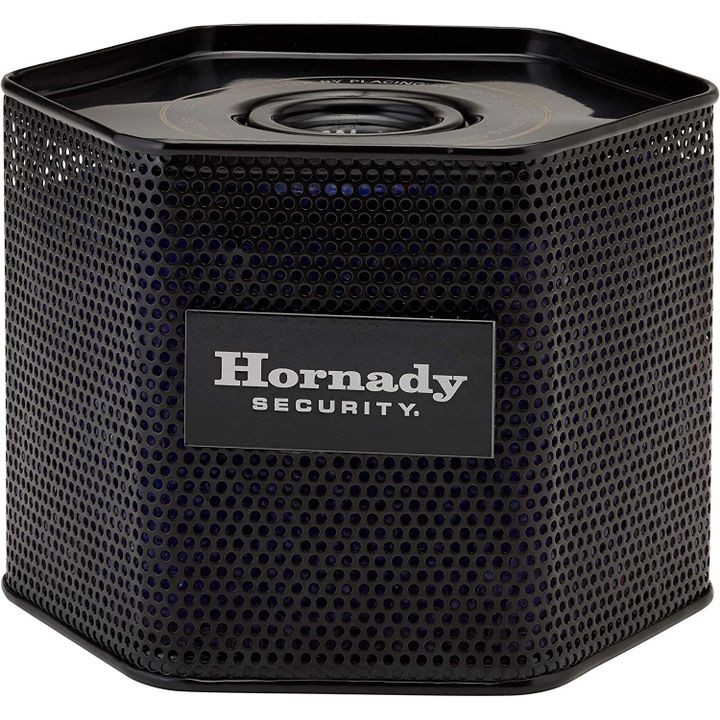 Conclusion
Conclusion
Investing in a high-quality gun safe dehumidifier is essential for the long-term protection and preservation of your firearms. By effectively controlling humidity levels, these dehumidifiers prevent rust, corrosion, and moisture damage, ensuring your firearms remain in excellent condition. Whether you choose an electric, desiccant, or passive dehumidifier, understanding the features and maintenance requirements will help you select the best option for your gun safe. Additionally, incorporating complementary accessories and adhering to regular maintenance practices further enhance firearm protection. Embrace the peace of mind that comes with knowing your firearms are well-protected, and enjoy the confidence that comes with maintaining their functionality and value through proper humidity control with a reliable gun safe dehumidifier.

